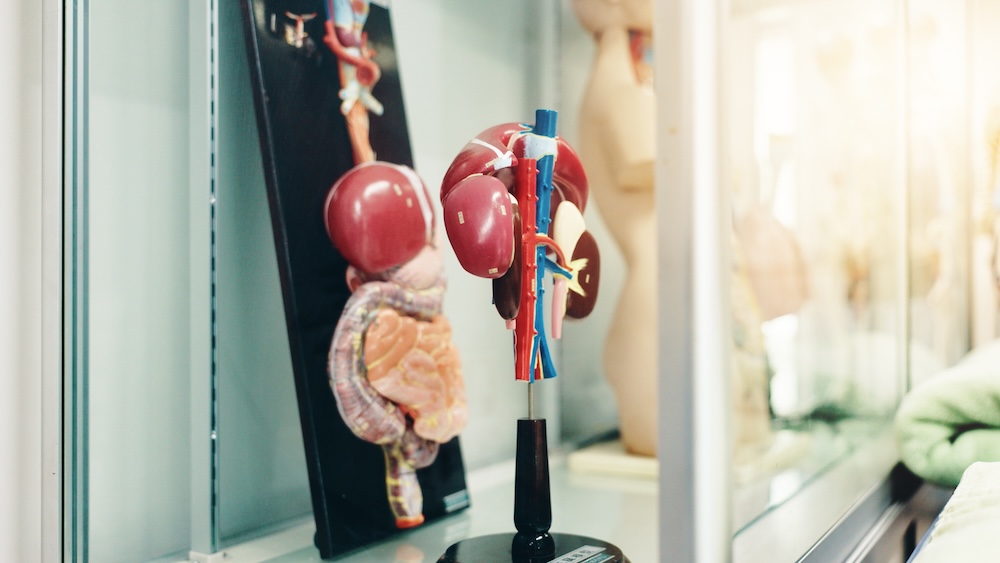Bioprinting — the fusion of 3D printing and tissue engineering — holds extraordinary promise for medicine. Imagine replacing damaged organs with lab-grown replicas or testing drugs on patient-specific tissues instead of animals. This technology could transform healthcare, reducing the organ shortage and advancing precision medicine.
But beyond the medical breakthroughs lies another critical question: what are the materials we’re printing with, and what does that mean for people and the planet?
What Are Bioprinters Really Printing?
Unlike plastic 3D printing (where ABS or PLA polymers are common), bioprinters use “bioinks.” These are made from living cells combined with supportive biomaterials that act like scaffolds. Common scaffold materials include:
- Hydrogels (often derived from alginate, gelatin, or collagen) – water-rich, biodegradable, and compatible with living cells.
- Natural polymers (like fibrin, hyaluronic acid, chitosan) – mimic the body’s own tissue environment.
- Synthetic polymers (such as PEG or PLGA) – provide strength and structure but are plastic-derived, raising questions about persistence and breakdown.
- Decellularized extracellular matrix (dECM) – tissue stripped of cells, leaving behind a natural “framework” for bioprinting.
So, while we’re not literally “printing microplastic organs,” some bioinks do rely on petrochemical-derived polymers to provide stability. These synthetics are often designed to degrade in the body, but their production and disposal still carry environmental tradeoffs.
The Environmental Footprint of Bioprinting
Bioprinting is early-stage and resource-intensive. Key considerations include:
- Energy use: Maintaining sterile labs, printers, and incubators requires significant power — much of which still comes from fossil fuels.
- Material sourcing: Natural hydrogels are more sustainable, but synthetic scaffolds often require petrochemical inputs.
- Waste streams: Medical-grade plastics (tubes, pipettes, culture dishes) are single-use by necessity, generating biomedical waste.
- Scaling up: As bioprinting grows, demand for these inputs will expand. The sustainability challenge will be to shift toward renewable, biodegradable, and circular materials.
That said, bioprinting could reduce environmental impact elsewhere:
- Fewer organ transplants from donors could reduce global organ trafficking and medical travel.
- Personalized drug testing on bioprinted tissues could cut down on animal testing and wasted clinical trials.
- On-demand, localized organ printing might one day reduce global supply chains for medical materials.
The Role of AI in Smarter, Leaner Bioprinting
AI doesn’t just improve precision for patients — it also has sustainability potential. Smarter algorithms can:
- Minimize waste by optimizing material use.
- Reduce failed prints (which otherwise require disposal).
- Enable “digital twin” simulations, lowering reliance on trial-and-error with expensive, resource-heavy experiments.
Ethical and Sustainability Tradeoffs
As with vegan leather or fast fashion alternatives, “innovative” doesn’t always equal sustainable. Bioprinting highlights a familiar tension: life-saving potential on one hand, and environmental tradeoffs on the other.
Key questions going forward:
- Can bioinks be made from renewable, plant-based, or waste-derived sources instead of petrochemicals?
- How can labs reduce reliance on single-use plastics while maintaining safety?
- Will governments and health systems consider life-cycle impacts of medical innovation, not just clinical outcomes?
Final Thoughts
Personalized bioprinting may one day solve the organ shortage and transform medicine, but its sustainability story is still being written. Today’s bioinks are a mix of natural, biodegradable materials and synthetic polymers — some renewable, some plastic-derived.
The challenge ahead is to pair medical breakthroughs with eco-conscious innovation: cleaner materials, smarter energy use, and circular waste solutions. Done right, bioprinting could not only save lives but also model how cutting-edge technology can align with planetary health.









Reader Interactions